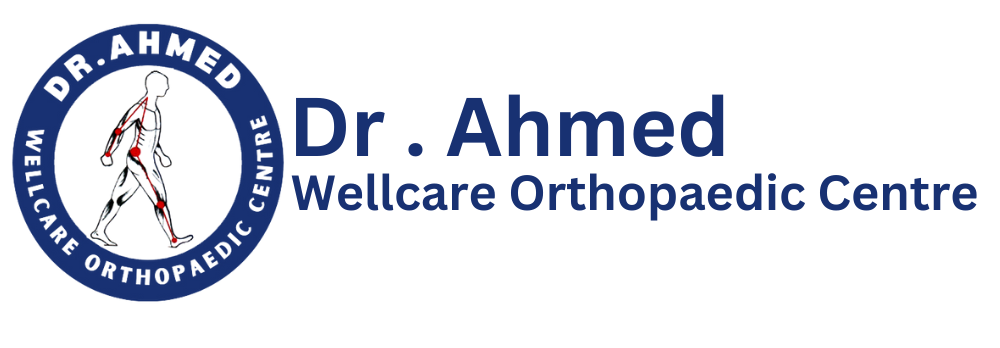Pain Reduction through Myotherapy Treatment
Myotherapy treatment is widely recognized for its effectiveness in reducing various types of pain, which can significantly enhance the quality of life for those suffering from discomfort. Whether it be muscle pain, tension headaches, or chronic pain conditions, the techniques employed in myotherapy are specifically designed to target and alleviate these issues. Among the most prominent methods are trigger point therapy and deep tissue massage. Trigger point therapy involves applying pressure to specific points in tight muscles to release tension and reduce pain. This targeted approach helps break down muscle knots that may be contributing to discomfort. On the other hand, deep tissue massage focuses on the deeper layers of muscle tissues, aiming to release chronic patterns of tension and improve overall blood circulation.
Many patients have reported substantial improvements in their pain levels after receiving myotherapy treatment. For instance, individuals suffering from chronic lower back pain have experienced significant relief following a series of sessions focused on the affected areas. Similarly, those troubled by tension headaches often find that myotherapy techniques not only reduce the frequency of their headaches but also lessen their intensity when they do occur. These real-life testimonials highlight the positive impact myotherapy can have on pain management.
Furthermore, myotherapy treatment assists in restoring mobility and functionality in daily activities, enabling patients to engage in physical movements without the hindrance of pain. By addressing the underlying causes of discomfort, rather than merely treating symptoms, myotherapy promotes long-lasting relief and enhances overall well-being. As more individuals turn to this holistic approach, the evidence supporting its effectiveness continues to grow, establishing myotherapy as a vital resource in pain reduction strategies.
Postural Correction
Postural correction is a critical aspect of myotherapy treatment, which significantly contributes to the overall health and well-being of an individual. Poor posture is often the result of muscle imbalances, habitual movements, or even the natural aging process. These imbalances can lead to discomfort, chronic pain, and a myriad of other physical issues. Myotherapy harnesses the expertise of trained therapists to address these postural discrepancies effectively.
During a myotherapy session, practitioners begin by conducting a comprehensive assessment of the client’s posture. This assessment aims to identify specific issues such as misalignments, muscle tightness, and weakness that could be contributing to postural problems. Taking a holistic approach, therapists examine the alignment of the spine, positioning of the shoulders, and the distribution of weight across the body. By understanding the underlying causes of postural imbalances, therapists are empowered to create a personalized treatment plan tailored to the individual’s needs.
Techniques employed may include deep tissue massage, trigger point therapy, and specific stretches designed to release tension in overactive muscles while strengthening weaker ones. These interventions work synergistically to correct the imbalances and promote proper alignment. As a result, individuals often experience long-term benefits, such as enhanced mobility, improved function, and a significant reduction in the risk of future injuries.
Over time, these corrective measures foster greater body awareness, encouraging individuals to maintain better posture in their daily lives. Improved posture not only alleviates discomfort but also leads to more effective breathing and digestion. Thus, myotherapy treatment serves as a vital tool for those seeking to improve their posture and, ultimately, their overall health.
Improved Sleep Quality
Sleep quality plays a crucial role in overall health and wellbeing, yet many individuals struggle with achieving restful sleep due to physical discomfort and stress. Myotherapy treatment offers a promising solution by addressing these underlying issues. Through targeted muscle therapy, myotherapy can alleviate tension and pain in the body, which frequently interferes with the ability to fall and stay asleep.
The techniques employed in myotherapy focus on relieving muscle tightness and improving circulation, thus addressing discomfort that may be preventing restful sleep. In particular, myotherapy utilizes various modalities such as massage, stretching, and trigger point therapy to release muscle knots and reduce overall tension. By restoring balance to the body, patients often experience a notable improvement in their sleep patterns.
Additionally, the stress-relieving aspects of myotherapy play an essential role in enhancing sleep quality. Chronic stress activates the body’s fight-or-flight response, leading to heightened arousal and difficulty in achieving a state of relaxation necessary for sleep. Myotherapy treatment includes relaxation techniques that encourage deep relaxation and a sense of calm. This approach can reduce anxiety levels and promote a more peaceful state, making it easier for individuals to transition into a thorough and restorative sleep cycle.
Scientific studies support the connection between myotherapy and improved sleep quality. Research indicates that regular physical therapy, which includes myotherapy methods, can lead to decreased sleep disturbances and enhanced subjective sleep satisfaction. Patients who have undergone consistent myotherapy treatments report a decrease in pain levels and an increase in overall comfort, which directly contributes to enhanced sleep experiences.
In conclusion, the integration of myotherapy treatment into one’s health regime can significantly improve sleep quality. By targeting discomfort and reducing stress, myotherapy plays a pivotal role in fostering better sleep patterns and supporting overall well-being.
Injury Prevention and Rehabilitation
Myotherapy treatment plays a significant role in both the prevention of injuries and the rehabilitation process following injury. By focusing on soft tissue manipulation, myotherapy addresses muscle tightness, imbalances, and postural issues that could lead to injuries, particularly in athletes and active individuals. Regular sessions can enhance flexibility, ensuring that muscles are functioning at their optimal range, which is essential for preventing strains and sprains during physical activities.
Through specific techniques such as trigger point therapy, stretching, and deep tissue massage, myotherapy effectively strengthens muscles and enhances mobility. These techniques not only alleviate discomfort but also help in promoting better circulatory function, ensuring that muscles receive adequate nourishment and oxygen. Consequently, myotherapy treatment equips individuals with the tools to engage in their sport or activity of choice with a reduced risk of injury.
In the event of an injury, myotherapy aids rehabilitation by facilitating a more efficient recovery process. The manual techniques used in myotherapy help to stimulate blood flow to the affected area, promoting the healing of damaged tissues. As a result, the restoration of function becomes achievable at a faster rate. Moreover, myotherapy focuses on reducing scar tissue formation, which can frequently restrict movement and cause discomfort post-injury.
Frequently Asked Questions ?
Q. What is Myotherapy, and how does it work?
Ans. Myotherapy is a form of physical therapy focusing on the treatment of muscle pain and dysfunction using various techniques such as massage, trigger point therapy, and stretching.
Q. What conditions can Myotherapy help treat?
Ans. Myotherapy can treat a wide range of conditions including chronic back pain, headaches, sports injuries, muscle tension, joint pain, and postural imbalances.
Q. How is Myotherapy different from a regular massage?
Ans. While both involve manual therapy, Myotherapy is more targeted and clinical. It focuses on relieving specific musculoskeletal issues rather than relaxation.
Q. What are the key benefits of Myotherapy treatment?
Ans. The 8 key benefits include pain relief, improved muscle function, increased flexibility, injury prevention, enhanced postural alignment, improved circulation, stress reduction, and faster recovery from injuries.
Q. Can Myotherapy improve flexibility and range of motion?
Ans. Yes, Myotherapy helps in increasing flexibility and range of motion by addressing muscle tightness and improving joint mobility.
Q. Is Myotherapy effective for treating chronic pain conditions?
Ans. Myotherapy is highly effective for chronic pain as it targets trigger points, reduces muscle tension, and promotes long-term relief through muscle rehabilitation.
Q. What should I expect during a Myotherapy session?
Ans. During a session, the therapist will assess your condition and use techniques like deep tissue massage, trigger point release, and stretching exercises to address your pain or injury.









